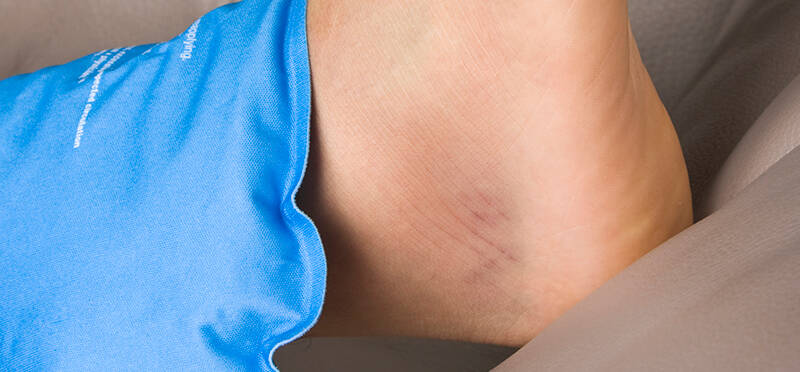Are Meniscal Injuries the New ACL Injury?
Posted on April 2, 2015 by Athletico
Knee injuries are back in the news. With recent injuries to high profile players, water cooler chat is shifting from ACL injuries to meniscal injuries. If you want to be the resident sports medicine expert in the office, keep reading for a brief overview of meniscal tears and what they mean for athletes. (more…)







